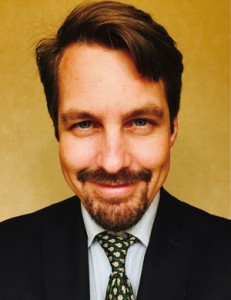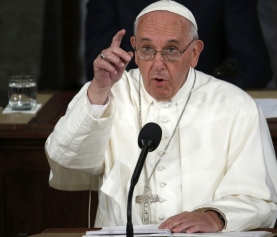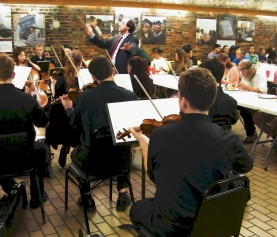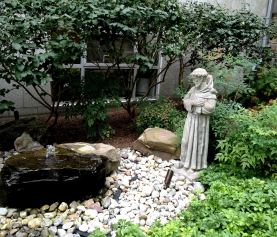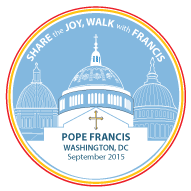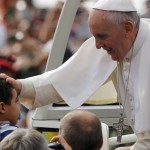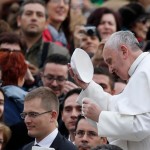
Chad Pecknold: What to Expect When You are Expecting Pope Francis
Friends have been asking about what we can expect from Pope Francis when he visits us in September. While it is true that we’ve come to expect the unexpected from this Holy Father, the question isn’t entirely unanswerable.
By now everyone should have read, or at least read about, Laudato Si’, the Pope’s latest encyclical on “Our Common Home.” I think we see here some important themes that have already come up on the Holy Father’s Latin American mission, and are likely to resurface when he visits us this September. Five stand out:
1. Pope Francis likes to invoke personal images. The encyclical wasn’t officially on the environment or climate change, but on “our common home.” This powerfully evocative image of the home recalls Pope Benedict’s frequent proclamation that nature is something prior to us, a gift which has been given by God, and which we can’t simply manipulate or abuse. The image of the home makes this theme more personal, but it achieves the same end. Whenever you hear Francis talk about “our common home” you should be hearing a challenge to relativism. Francis speaks less to climate change skepticism than to common-good skepticism. I expect we’ll hear this theme again in September, especially when he addresses a politically divided Congress.
2. The theme of conversion is also prominent in Laudato Si’. Fundamentally, Pope Francis believes that it is the turn away from God that causes all our self-destructive habits, and what we most need is to return to God. He first calls us to an existential/metaphysical conversion to recognize our common home as a gift of the Creator, then he calls for conversion to God as Father, conversion to Christ and his saints who show us how to participate in the harmony between God and creation, and conversion in and through the Most Holy Eucharist, which unites the created world to the heavenly home, and forms us to think about the universal destination of goods. Listen for these calls for conversion this fall.
3. In Evangelii Gaudium, the Holy Father stressed (perhaps subtweeting American Conservative senior editor Rod Dreher!) the need for Catholics to follow “the missionary option.” This is the message which is also being enacted by Pope Francis’s mission to the Americas: Every Catholic is sent into the world to preach good news to the poor, not only the materially poor, but also the spiritually destitute, those who are lost without God.
4. A “culture of encounter” is often how Francis translates mission. For the Holy Father, “dialogue” is tied to mission. We can see this in the way he always has an eye on God as Father, and Mary as our Mother — for he consistently proclaims that all people have God as their Father, and then invokes Mary as the Mother we all need. This is the spiritual context for encounter, a word which should always be heard as an invitation to participate in Mary’s Yes to God, and as a call to be enfolded into the saving arms of Holy Mother Church.
5. This Holy Father is a master of gestures. Everyone saw, and immediately understood, his look of disapproval when Bolivian President Evo Morales gave him a hammer and sickle crucifix. These are the small, powerful, even prophetic gestures the Pope is now known for, but we should be careful to interpret them well.
Together, Laudato Si’ and the Latin American mission give us some clues for what to expect from the Holy Father’s mission to the people of the United States of America…
– Chad Pecknold is an associate professor of systematic theology at The Catholic University of America School of Theology and Religious Studies.

